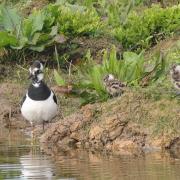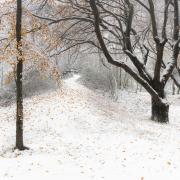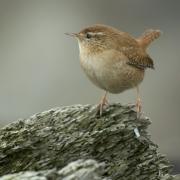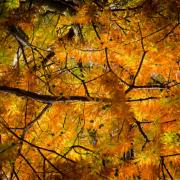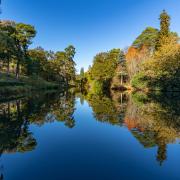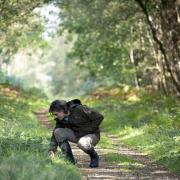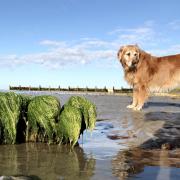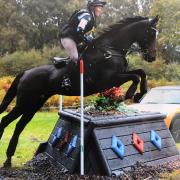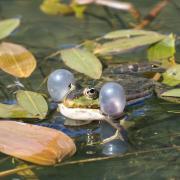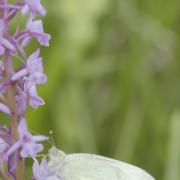Two years ago, Sussex Wildlife Trust decided to drain the pond at the centre of the Woods Mill nature reserve at Henfield.
It was a decision not met with universal approval particularly with the general public. The pond was full of large fish, mainly mirror and common carp, plus a multitude of smaller fish such as rudd and roach with a few tench sprinkled amongst them. This left a pond full of fish with little room left for other wildlife, the carp sucking up much of the submerged vegetation and any aquatic insect life attached to it.
But they were a spectacle; a feeding area by the lake encouraged people to bring loaves of bread which were thrown into the water, producing a bubbling mass of piscean turmoil as the fish devoured the free offering. It was a favourite activity for families, and in the past we ourselves encouraged feeding sessions with visiting school parties. So, explaining to our visitors that we were about to deprive them of one of their favourite reasons for visiting Woods Mill was difficult.
Carp are not native to the UK, they were introduced in medieval times as a food source for inland communities and have since become a favourite catch for fishermen. In 1945, the pond was created purely for fishing purposes and a large population of carp was well established by the time the Trust acquired Woods Mill in 1966. Over the years we have made a few attempts to reduce the fish population but the pond was never completely drained and left empty of water for over a year to prevent repopulation. By agreement, all the fish were professionally moved to other lakes.
Last autumn, the pond was allowed to refill naturally which had immediate impact. The first thing we noticed was the clarity of the water. Within just a few days, common and ruddy darter dragonflies began busily laying eggs and many more will survive this summer as the eggs or larvae won’t be eaten by the carp.
Earlier this year, I had the privilege of watching a toad leisurely making its way through the crystal clear water, totally unaware that it was swimming straight towards a grass snake that slithered into the pond on my approach.
Both toad and frogspawn appeared; previously they seldom saw the lake as a good place to deposit their eggs.
We’ve also suddenly acquired many ducks, mainly mallard, but we have had a pair of tufted ducks, very unusual visitors to the reserve. It seems that ducks were unsettled by the presence of so many fish in the water and therefore never established a permanent presence here, but with no fish they feel very comfortable and are able to graze on the emerging and abundant vegetation.
I hope that visitors will recognise the improvements to the pond and its wildlife when they visit this summer and resist feeding the ducks with loaves of bread. They will have a much richer and diverse range of species to enjoy and hopefully understand that sometimes seemingly drastic action has to be taken to create a much better habitat for wildlife to enjoy, consequently bringing greater enjoyment to human visitors as well.







